BMW 7 Series vs Dacia Sandero – Differences & prices compared
Everyday use, family trips or long-distance drives – here’s where the differences show.
Discover whether BMW 7 Series or Dacia Sandero fits your lifestyle better.
Costs and Efficiency:
When it comes to price and running costs, the biggest differences usually appear. This is often where you see which car fits your budget better in the long run.
Dacia Sandero has a significantly advantage in terms of price – it starts at 10700 £, while the BMW 7 Series costs 101500 £. That’s a price difference of around 90780 £.
Fuel consumption also shows a difference: BMW 7 Series manages with 1 L and is therefore decisively more efficient than the Dacia Sandero with 5.30 L. The difference is about 4.30 L per 100 km.
Engine and Performance:
Power, torque and acceleration are the classic benchmarks for car enthusiasts – and here, some clear differences start to show.
When it comes to engine power, the BMW 7 Series has a significantly edge – offering 571 HP compared to 110 HP. That’s roughly 461 HP more horsepower.
In acceleration from 0 to 100 km/h, the BMW 7 Series is convincingly quicker – completing the sprint in 4.30 s, while the Dacia Sandero takes 10 s. That’s about 5.70 s faster.
In terms of top speed, the BMW 7 Series performs distinct better – reaching 250 km/h, while the Dacia Sandero tops out at 183 km/h. The difference is around 67 km/h.
There’s also a difference in torque: BMW 7 Series pulls convincingly stronger with 800 Nm compared to 200 Nm. That’s about 600 Nm difference.
Space and Everyday Use:
Beyond pure performance, interior space and usability matter most in daily life. This is where you see which car is more practical and versatile.
Both vehicles offer seating for 5 people.
In curb weight, Dacia Sandero is convincingly lighter – 1089 kg compared to 2255 kg. The difference is around 1166 kg.
In terms of boot space, the BMW 7 Series offers noticeable more room – 540 L compared to 328 L. That’s a difference of about 212 L.
When it comes to payload, BMW 7 Series distinct takes the win – 665 kg compared to 436 kg. That’s a difference of about 229 kg.
Who comes out on top?
Overall, the BMW 7 Series shows itself to be leaves the rival little chance and secures the title of DriveDuel Champion.
It convinces with the more balanced overall package and proves to be the more versatile choice for everyday use.
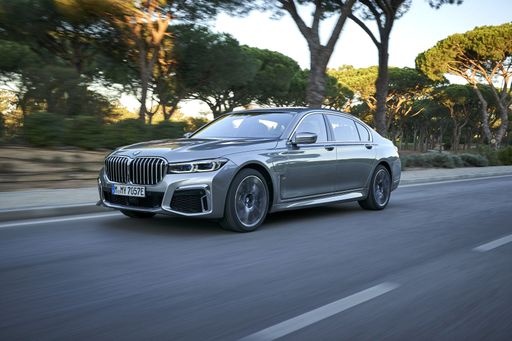
BMW 7 Series
BMW 7 Series
The BMW 7 Series represents the pinnacle of luxury and performance in the executive car segment, offering an unparalleled driving experience. Its elegant design combines aesthetic appeal with advanced technology, ensuring both comfort and connectivity for its passengers. With cutting-edge driver assistance systems, this flagship model showcases the brand's commitment to innovation and safety.
details @ press.bmwgroup.com
@ press.bmwgroup.com
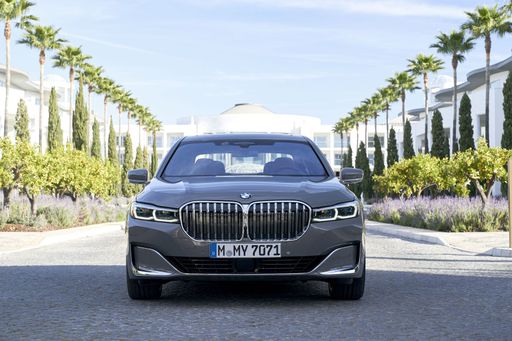 @ press.bmwgroup.com
@ press.bmwgroup.com
 @ press.bmwgroup.com
@ press.bmwgroup.com
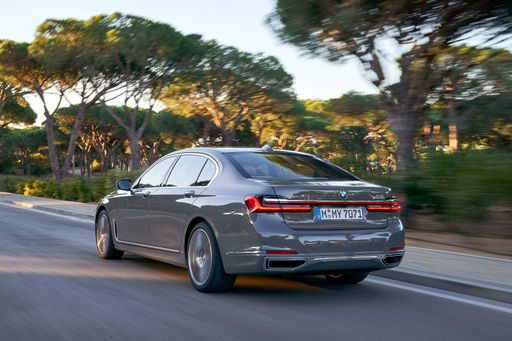 @ press.bmwgroup.com
@ press.bmwgroup.com
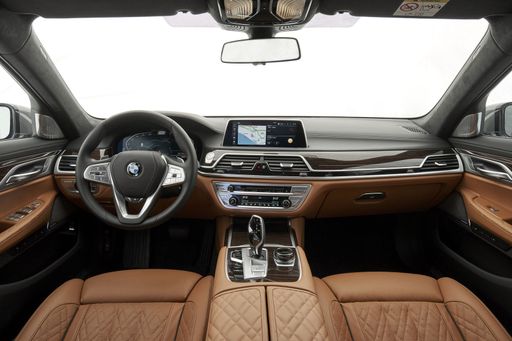 @ press.bmwgroup.com
@ press.bmwgroup.com
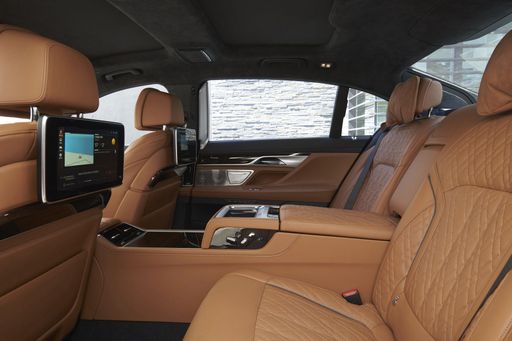 @ press.bmwgroup.com
@ press.bmwgroup.com
Dacia Sandero
The Dacia Sandero stands out as an exceptional value in the hatchback market, offering a blend of practicality and affordability that appeals to a wide range of drivers. Its understated design is complemented by a surprisingly spacious interior, providing ample comfort and functionality for everyday use. With impressive fuel efficiency and a solid reputation for reliability, the Sandero remains a popular choice for those seeking a no-nonsense vehicle without sacrificing essential modern features.
details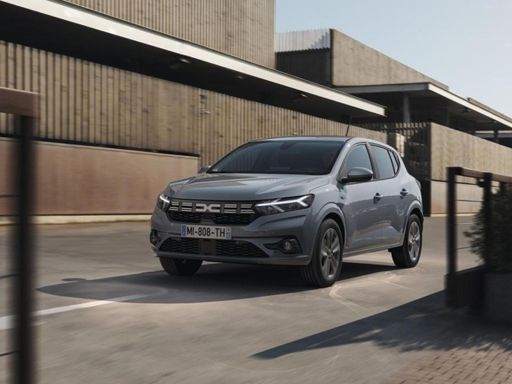 @ dacia.at
@ dacia.at
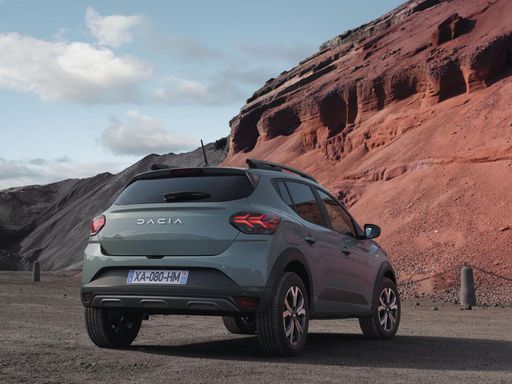 @ dacia.at
@ dacia.at
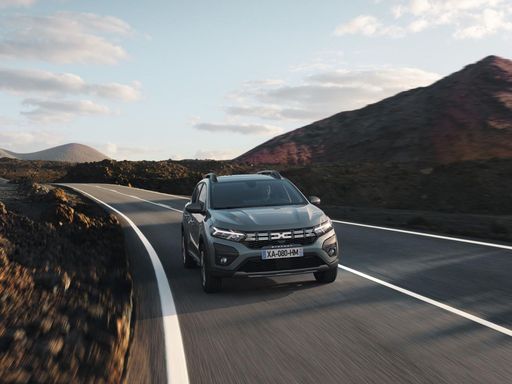 @ dacia.at
@ dacia.at

|

|
|
|
|
Costs and Consumption |
|
|---|---|
|
Price
101500 - 127500 £
|
Price
10700 - 16700 £
|
|
Consumption L/100km
1 - 6.1 L
|
Consumption L/100km
5.3 - 7.1 L
|
|
Consumption kWh/100km
-
|
Consumption kWh/100km
-
|
|
Electric Range
80 km
|
Electric Range
-
|
|
Battery Capacity
17.60 kWh
|
Battery Capacity
-
|
|
co2
23 - 160 g/km
|
co2
105 - 140 g/km
|
|
Fuel tank capacity
65 - 74 L
|
Fuel tank capacity
32 - 50 L
|
Dimensions and Body |
|
|---|---|
|
Body Type
Sedan
|
Body Type
Hatchback
|
|
Seats
5
|
Seats
5
|
|
Doors
4
|
Doors
5
|
|
Curb weight
2255 - 2525 kg
|
Curb weight
1089 - 1209 kg
|
|
Trunk capacity
525 - 540 L
|
Trunk capacity
328 L
|
|
Length
5391 mm
|
Length
4088 - 4099 mm
|
|
Width
1950 mm
|
Width
1848 mm
|
|
Height
1544 mm
|
Height
1499 - 1535 mm
|
|
Max trunk capacity
-
|
Max trunk capacity
1108 L
|
|
Payload
605 - 665 kg
|
Payload
404 - 436 kg
|
Engine and Performance |
|
|---|---|
|
Engine Type
Plugin Hybrid, Diesel MHEV
|
Engine Type
Petrol, LPG
|
|
Transmission
Automatic
|
Transmission
Manuel, Automatic
|
|
Transmission Detail
Automatic Gearbox
|
Transmission Detail
Manual Gearbox, CVT
|
|
Drive Type
All-Wheel Drive
|
Drive Type
Front-Wheel Drive
|
|
Power HP
300 - 571 HP
|
Power HP
67 - 110 HP
|
|
Acceleration 0-100km/h
4.3 - 5.8 s
|
Acceleration 0-100km/h
10 - 16.7 s
|
|
Max Speed
250 km/h
|
Max Speed
158 - 183 km/h
|
|
Torque
670 - 800 Nm
|
Torque
95 - 200 Nm
|
|
Number of Cylinders
6
|
Number of Cylinders
3
|
|
Power kW
220 - 420 kW
|
Power kW
49 - 81 kW
|
|
Engine capacity
2993 - 2998 cm3
|
Engine capacity
999 cm3
|
General |
|
|---|---|
|
Model Year
2023 - 2024
|
Model Year
2024 - 2025
|
|
CO2 Efficiency Class
B, F
|
CO2 Efficiency Class
D, C, E
|
|
Brand
BMW
|
Brand
Dacia
|
Is the BMW 7 Series offered with different drivetrains?
The BMW 7 Series is available as All-Wheel Drive.
The prices and data displayed are estimates based on German list prices and may vary by country. This information is not legally binding.
